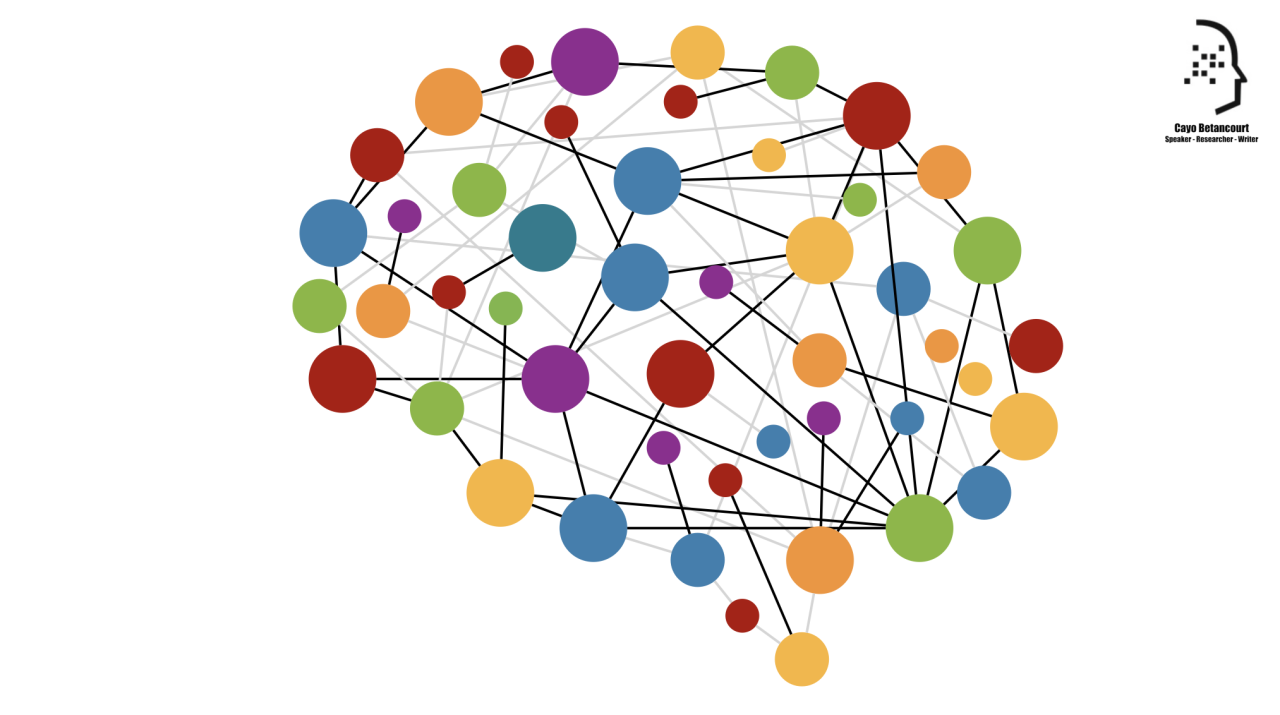
The importance of connecting dots
The list of soft skills is becoming more extensive than expected, applicable to different situations and mandatory in every CV, although the recruitment manager lacks it. Even weird, some of them don't know how to exert, test, or develop these within the new employees. Several requests about the ability to connect dots are posted recently. Therefore, within this article, there is a proposal to explore the benefits, development, and drawbacks.
The ability to understand, memorize, and connect events is valuable among leaders. Thus how these brilliant individuals were capable of developing such unique skills? There are infinite answers. The proposal is to focus on coaching and self-awareness. A coach can guide the person towards a path of certainty across the facts and points that require attention. Then train the future leader to develop a solution to complex problems connecting the facts, people, and tools. The employee must develop their self-awareness to analyze the answers and check-in retrospective. The activities are done before reaching a goal, thus registering the good practices until master these.
Faster problem solving
Another benefit of connecting dots is to solve problems faster. Lists discuss a case: Certain morning, an engineer was late for the airport, an important meeting to be last two hours requires her urgent presence. Once the car starts, she noted a flat tire, impossible to solve on time, the flight is lost, and t apology was issued to the other participants. Years later, a flight was canceled due to heavy snow, another meeting impossible to attend. Also, She participated in an early coffee with the designers, and the idea about the schedule feature was presented. Then, the flat tire's memories, a skilled designer from another department, and the snowy day become connected. She calls the designer immediately, and they started to discuss the idea of an online meeting tool with project schedule features. Within this hypothetical situation, it is possible to see how almost disconnected events generate a future award-winning product.
This skill requires practice, feedback, and collaboration. Many leaders are excellent at connecting dots, but it is necessary to go further than events; it's required to connect people, data, and facts to improve the time to solve a problem.
Networking
During a crisis or extreme pressure moments, it's required to have the right tools, people, and environment. A leader capable of collating all those, overcome the most challenging situation. To bring the right people requires organic networking, the kind of relations seed across time, enabling trust, friendship, and commitment. Therefore, a particular expert's inclusion needs to be done fast, with a specific task and the promise that teamwork will not be harmed. These leadership skills are valuable, and most companies do not notice or even evaluate them.
In a teamwork environment, creativity requires multiple inputs, perspectives, and viewpoints. An extraordinary example of collaboration, creativity, and multidisciplinary teams is observed in the Hult Prize competition, where teams with different backgrounds work to solve a social problem. These interactions create unique solutions. The same scheme is required to solve crises and problems within groups or companies. When problem-solving become a roadblock, usually the individuals are biased within their own beliefs, non-capable to see different corners, and then creates a toxic environment demotivating other team members. A leader's role in those situations is to drive the discussions towards collaborative environments, coaching the persons that make negative situations and get the best from all their members.
Don't go so far
Connecting dots in a beach of unseen sand grains have been called with different terms, Aphopenia by the german neurologist Klaus Conrad, Patternicity by the science writer Michael Shermer and Synchronicity by the swiss psychiatrist Carl Jung. All those terms define the people's capacity to see unconnected facts, events, or ideas into a meaningful result or pattern that others can't see. It is required to have a balance, to correlate your ideas with others before run in a blind race where the starting point is too far already when you open the eyes. Hence, your creativity needs to see unconnected events or facts and then prepare a theory about these. Once this is ready, your proposal needs to be evaluated by others to check if the initial assumptions are valid, and you don't miss a fact that shaped a different result. These deviated fitting created a false sense of perfect embedded, then once discovered, you can see that a perfect circle was fitted in a square to justify your proposal.
Michael Shermer indicates that scientists defined a type I error when a person believes something is real when it is not, defined as false positive. The type II error is related to not feeling something is real when called a false negative. The ability of a person to fall between those two errors makes them a valuable contributor. The consciousness to corroborate different sources and identify the information that is not true provides a lifesaver against the type II error. While the creativity is harvested through connecting dots, a balance between those two error types creates extraordinary results.
About the Author: Cayo Betancourt is a Colombian independent researcher, writer, and speaker, also a frequent contributor to LinkedIn. After attending the MBA program at the University of Liverpool (UK), he became interested in human behavior interaction and how this impacts people's career development and now working part-time on a pro-bono basis researching the subject. He is also the author of a novel and is working on new literary projects.
If you are interested in conferences, courses, workshops, or further discussions about the topic, don't hesitate to contact the author or visit the website en.cayobetancourt.com